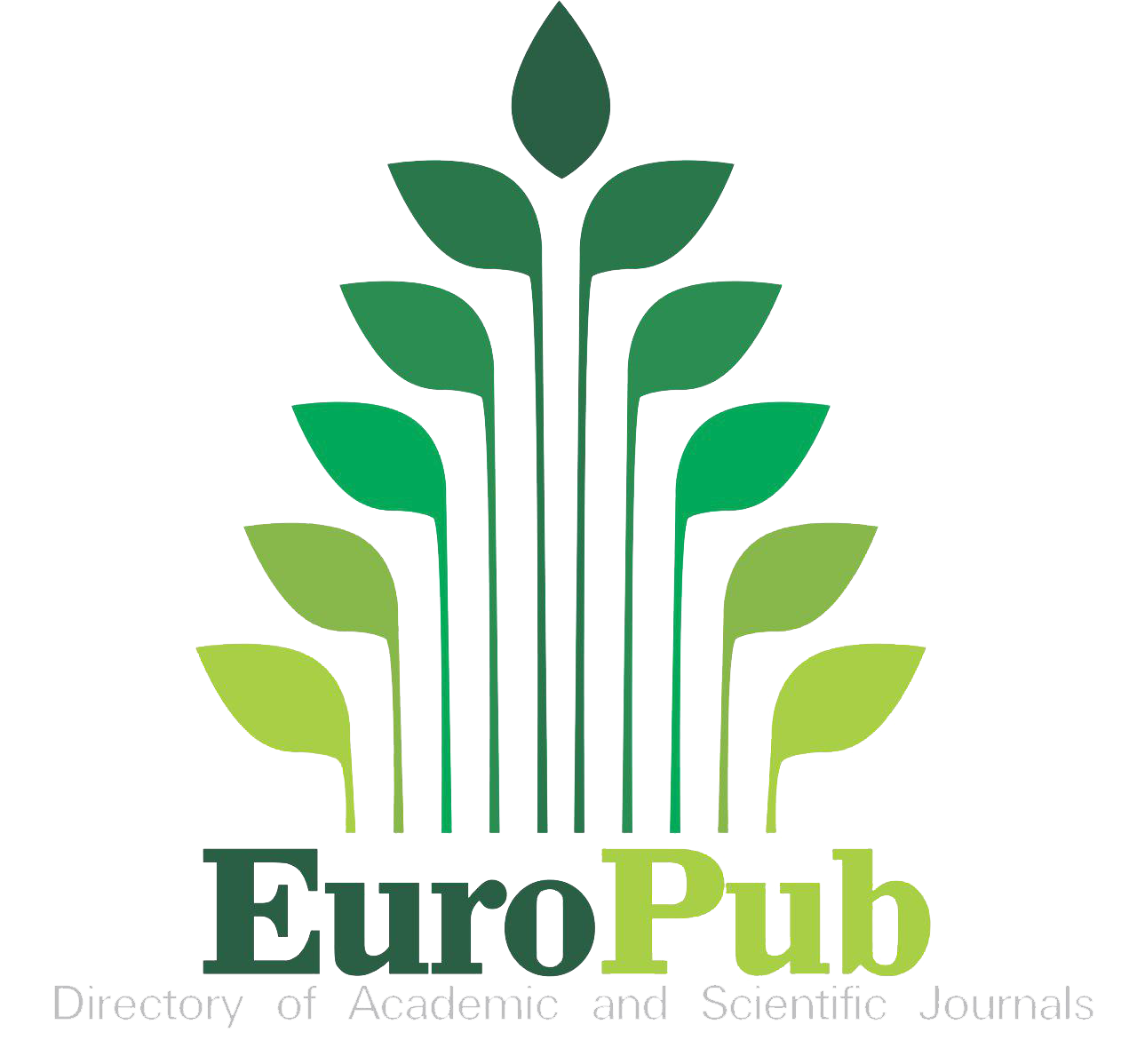Dog registration hanging on a tooth: A case report
DOI:
https://doi.org/10.24215/15142590e088Palavras-chave:
molar tooth, microsatellites, registration dispute, German shepherd dog, genetic identificationResumo
Dog breeder associations have regulations for the registration and breeding of their individuals. The complete dentition is between them, thus the absence of first and second molars prevents the registration of specimens. A dispute arose when the registration of a 20-month-old male dog was rejected by the Argentine club of German Shepherd Dog Breeders, because the second lower right molar was absent in routine examination. The breeder appealed the decision, alleging that the absence of the molar was accidental and not for a genetic reason, providing as evidence a molar found in his breeding kennel. Our laboratory was consulted with the objective of determining the genetic relationship between the oral swab sample obtained from the rejected dog (reference), and the molar found (evidence). For this reason, genotyping was carried out through the use of microsatellites. The results confirmed that the samples shared the same DNA profile, with the molar found being between 1.00E+11 and 1.27E+17 times more likely to have come from the dog to be registered than from an animal taken at random from the reference population. To date, there are no known reports of a similar dispute, resolved by studying a DNA profile using a tooth.
Downloads
Métricas
Referências
Arizmendi A, Batista PR, Crespi JA, Tórtora M, Vercellini M, Czernigow M, Arias DO, Giovambattista G. 2020. Analysis of PDK4 gene deletion in a population of Doberman Pinschers from Argentina. Research communications of the 30th ecvim-ca online congress. Journal of Veterinary Internal Medicine. 34 (6):3058-3166. https://doi.org/10.1111/jvim.15924
Balding DJ, Donnelly P. 1995. Inference in forensic identification. Journal of the Royal Statistical Society. Series A (Statistics in Society). 158 (1): 21-53. https://doi.org/10.2307/2983402
Barrientos LS, CrespiJA, FameliA, PosikDM, MoralesH, Peral García P, GiovambattistaG. 2016. DNA profile of dog feces as evidence to solve a homicide. Legal Medicine (Tokyo, Japan). 22:54-7. https://doi.org/10.1016/j.legalmed.2016.08.002
Crespi JA, Barrientos LS, Giovambattista G. 2018. von Willebrand disease type 1 in Doberman Pinscher dogs: genotyping and prevalence of the mutation in Buenos Aires region, Argentina. Journal of Veterinary Diagnostic Investigation. 30(2):310-4. https://doi.org/10.1177/1040638717750429
Díaz S, Kienast ME, Villegas-Castagnasso EE, Pena NL, Manganare MM, Posik D, Peral García P,Giovambattista G. 2008. Substitution of human for horse urine disproves an accusation of doping. Journal of Forensic Sciences. 53(5):1145-8. https://doi.org/10.1111/j.1556-4029.2008.00797.x
Di Rocco F, Posik DM, Ripoli MV, Díaz S, Maté ML, Giovambattista G, Vidal Rioja L. 2011. South American camelid illegal traffic detection by means of molecular markers. LegMed (Tokyo). 13(6):289-92. https://doi.org/10.1016/j.legalmed.2011.08.001
Giovambattista G, Ripoli MV, Lirón JP, Villegas Castagnasso EE, Peral García P, Lojo MM. 2001. DNA typing in a cattle stealing case. Journal of Forensic Sciences. 46(6):1484-6.
Kanthaswamy S. 2015. Review: domestic animal forensic genetics-biological evidence, genetic markers, analytical approaches and challenges. Animal Genetics. 46(5):473-84. https://doi.org/10.1111/age.12335
Kanthaswamy S, Brendel T, Cancela L, Andradre de Oliveira DA, Brenig B, Cons C, Crespi JA, Dajbychová M, Feldl A, Itoh T, Landi V, Martínez A, Natonek-Wisniewska M, Oldt RF, Radko A, Ramírez O, Rodellar C, Ruiz-Girón M, Schikorsk D, Turba ME, Giovambattista G. 2021. An inter-laboratory study of DNA-based identity, parentage and species testing in animal forensic genetics. Forensic Sciences Research.7(4):708-13. https://doi.org/10.1080/20961790.2021.1886679
Kanthaswamy S, Tom BK, Mattila AM, Johnston E, Dayton M, Kinaga J, Erickson BJ, Halverson J, Fantin D, DeNise S, Kou A, Malladi V, Satkoski J, Budowle B, Smith DG, Koskinen MT. 2009. Canine population data generated from a multiplex STR kit for use in forensic casework. Journal of Forensic Sciences. 54(4):829-40. https://doi.org/10.1111/j.1556-4029.2009.01080.x
Parker HG, Kim LV, Sutter NB, Carlson S, Lorentzen TD, Malek TB, Johnson GS, DeFrance HB, Ostrander EA, Kruglyak L. 2004. Genetic structure of the purebred domestic dog. Science. 304(5674):1160-4. https://www.science.org/doi/10.1126/science.1097406
Savolainen P, Lundeberg J. 1999. Forensic evidence based on mtDNA from dog and wolf hairs. Journal of Forensic Sciences. 44(1):77-81.
Schneider PM, Seo Y, Rittner C. 1999. Forensic mtDNA hair analysis excludes a dog from having caused a traffic accident. International Journal of Legal Medicine. 112(5):315-6. http://doi.org/10.1007/s004140050257
Weir BS. Forensics. In: Balding DJ, Bishop M, Cannings C. 2008. In: Handbook of Statistical Genetics. 3rd edition. Hoboken, New Jersey. John Wiley & Sons, pp 1368-92.
Publicado
Como Citar
Edição
Seção
Licença
Copyright (c) 2025 Julián A. Crespi, Egle Etel illegas Castagnasso, Analía Arizmendi, Nadia Sabiela Castillo, María Eugenia Zappa, Pilar Peral García, María Elena Fernandez, Guillermo Giovambattista

Este trabalho está licenciado sob uma licença Creative Commons Attribution-NonCommercial-NoDerivatives 4.0 International License.
Los autores/as conservan los derechos de autor y ceden a la revista el derecho de la primera publicación, con el trabajo registrado con la licencia de atribución de Creative Commons, que permite a terceros utilizar lo publicado siempre que mencionen la autoría del trabajo y a la primera publicación en esta revista.

Analecta Veterinaria por Facultad de Ciencias Veterinarias se distribuye bajo una Licencia Creative Commons Atribución-NoComercial-SinDerivar 4.0 Internacional.



























